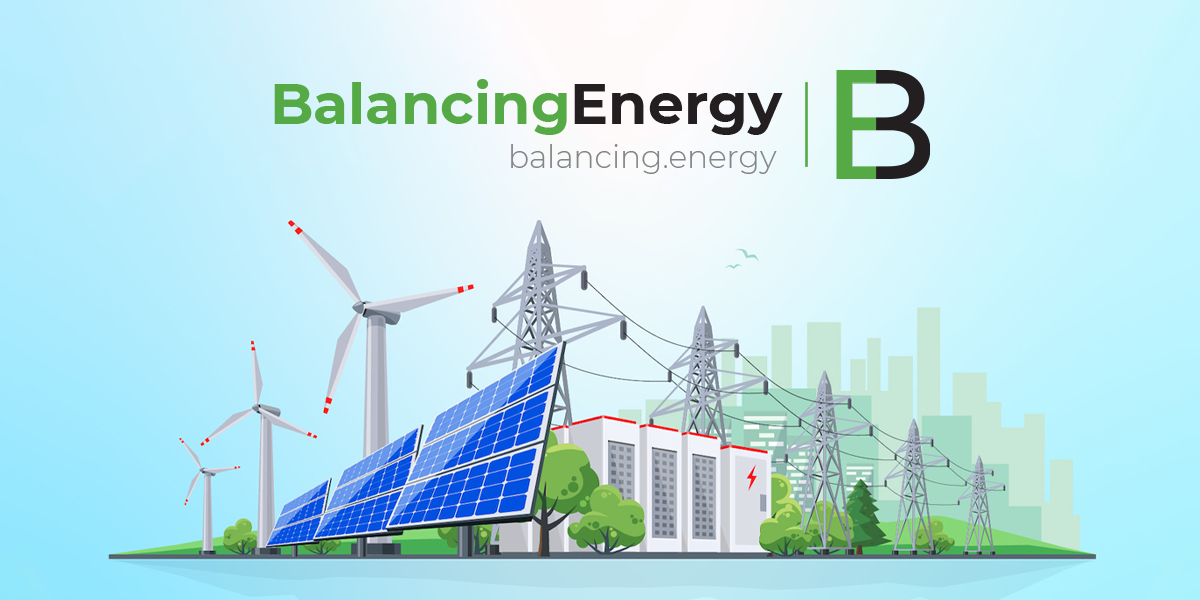Two years after Russia’s full-scale war in Ukraine, energy security is still top of mind for policymakers in the Western Balkans. Countries in the southern European region have aimed to reduce reliance on imported Russian gas and boost the deployment of renewables.
Now, another bold ambition has emerged in the region’s policymaker and investor circles: exporting surplus green power to Europe.
Some developers in the Western Balkans are betting that they can export cheap electricity generated from solar and wind projects to other parts of Europe where there are higher electricity prices.
“Europe is becoming one big integrated market,” Dimitar Enchev, the Sofia-based CEO of CWP Global, a developer of grid-connected renewables projects across the Balkans, said at an event on February 26 at the European Bank for Reconstruction and Development’s London headquarters in response to a question from fDi.
In October 2023, CWP announced plans to invest €1bn alongside General Electric’s wind power arm GE Vernova into a hybrid wind and solar project in Albania. The project is claimed to have the potential to make Albania a net exporter of electricity, but is still awaiting all necessary project permits and environmental assessments.
“The Western Balkans are very well integrated and they’re becoming better integrated [with Europe]. It’s viable and absolutely necessary [to export green electricity from the region], because otherwise Europe is not going to decarbonise,” Mr Enchev said at the event.
A 1.2-gigawatt high-voltage line between Italy and Montenegro — where 53% of the electricity is produced from hydropower, 38% from coal and the rest from wind — is being cited as evidence of this potential.
Milojko Spajić, the prime minister of Montenegro, says the export link between Montenegro and Italy is “one of the best ways to arbitrage electricity prices in Europe”, adding that southern Italy has among the highest electricity prices on the continent.
This difference in prices of electricity in the Balkans compared to elsewhere is hailed as a huge opportunity, echoing claims made by others in northern African countries like Morocco.
“The average cost of electricity in Europe today is substantially higher than the cost at which we can generate power in the Western Balkans,” says Daniel Calderon, the CEO of Alcazar Electricity, which recently acquired the rights to a 118-megawatt wind farm project in Montenegro.
Renewable energy developers have piled into the Western Balkans region recently via contracts for different (CfD) auctions held in countries such as Serbia and Albania. CfDs, which were first implemented in the UK in 2014, are a way to incentivise renewable investment by guaranteeing a price at which countries buy electricity. When the agreed ‘strike price’ goes below the market rate, the government will pay the developer the difference, while developers refund the government when the market price goes above the strike price.
A record 22 greenfield foreign direct investment renewable energy projects were announced across the Western Balkans in 2023, according to fDi Markets. This was up from 13 projects a year earlier and seven projects in pre-pandemic 2019.
While numerous green energy projects are being announced across the region, the majority are likely to focus on cleaning up the local energy mix. Apart from Albania, which generates all of its electricity from hydropower, most Western Balkans countries rely on outdated coal-fired power plants.
Before the war in Ukraine caused natural gas prices to surge, policymakers in countries like Bosnia and Herzegovina had doubled down on new gas-fired infrastructure. But this approach was laid bare during the shock to energy markets caused by Western sanctions on Russia. Now, other countries in the region are prioritising domestic energy security and decarbonisation over exporting green power to other European countries.
“The energy crisis showed us that if you’re exposed to imports, this can bring huge fiscal risks,” Dubravka Djedovic Handanovic, Serbia’s minister of mining and energy said. “We need to ensure, first and foremost, how to satisfy the domestic demand. And then — with adequate planning — say what could be available for [export]. We need to integrate more cross-border distribution capacities to enable that to physically happen.”
Other developers stress the need to fast-track solar capacity in the Western Balkans to be able to export to other countries. Sébastien Clerc, the CEO of France-based renewables developer Voltalia, said that any price advantage of electricity generated in the Western Balkans will make no difference if there are already operational solar farms in Germany. The ambitions of several policymakers and developers to sell green power to Europe seem more pipe dream than reality.
Source: fdiintelligence.com










